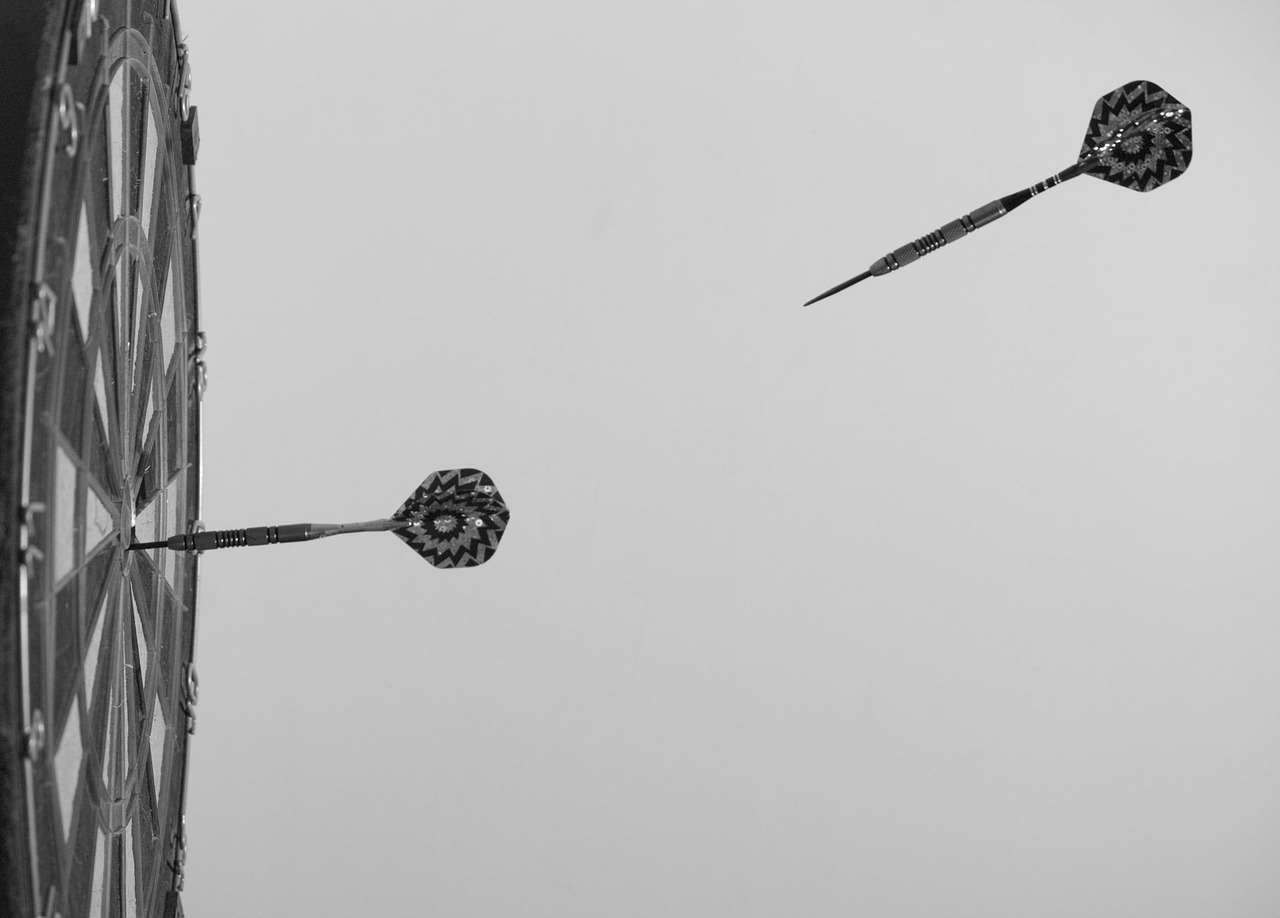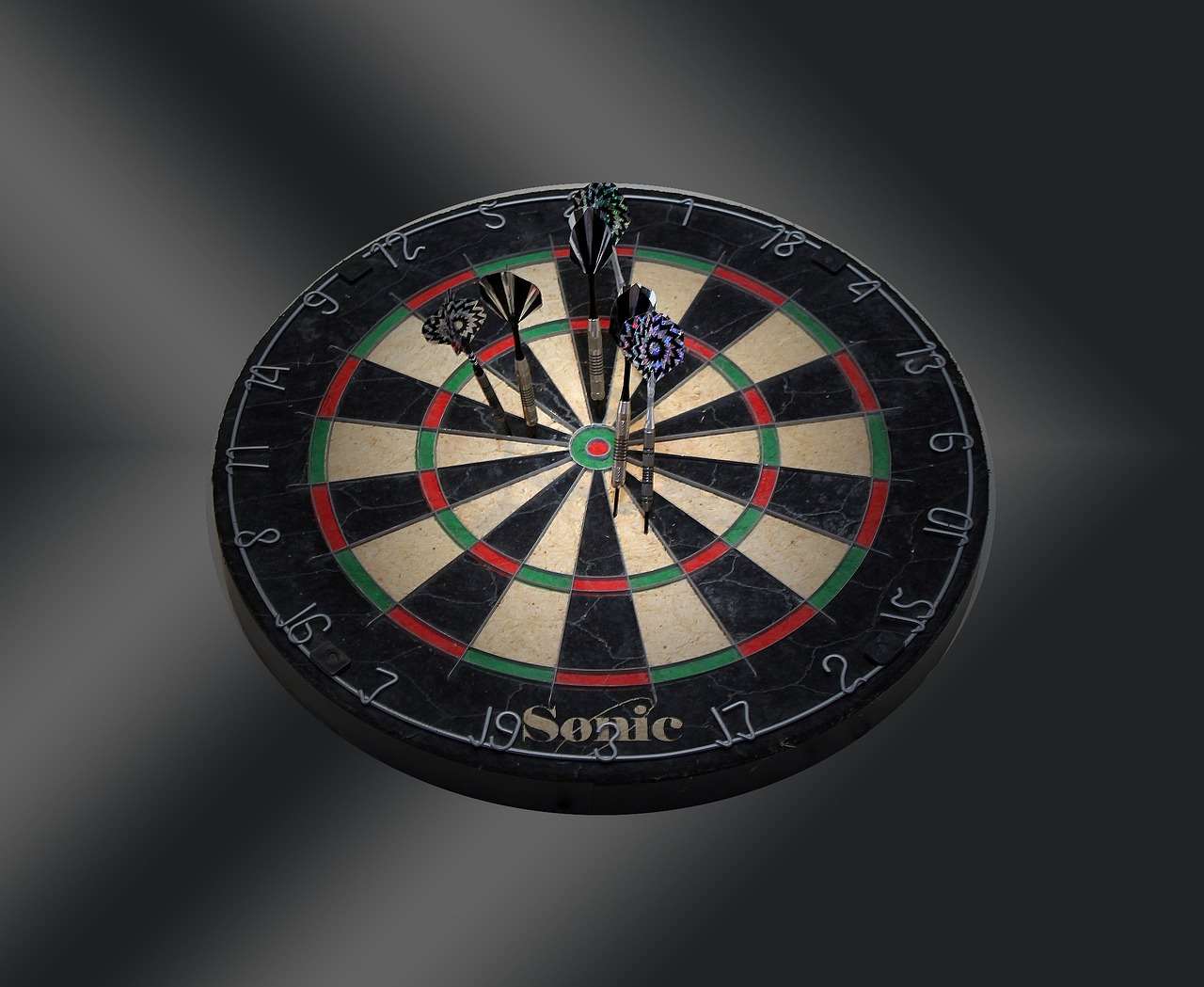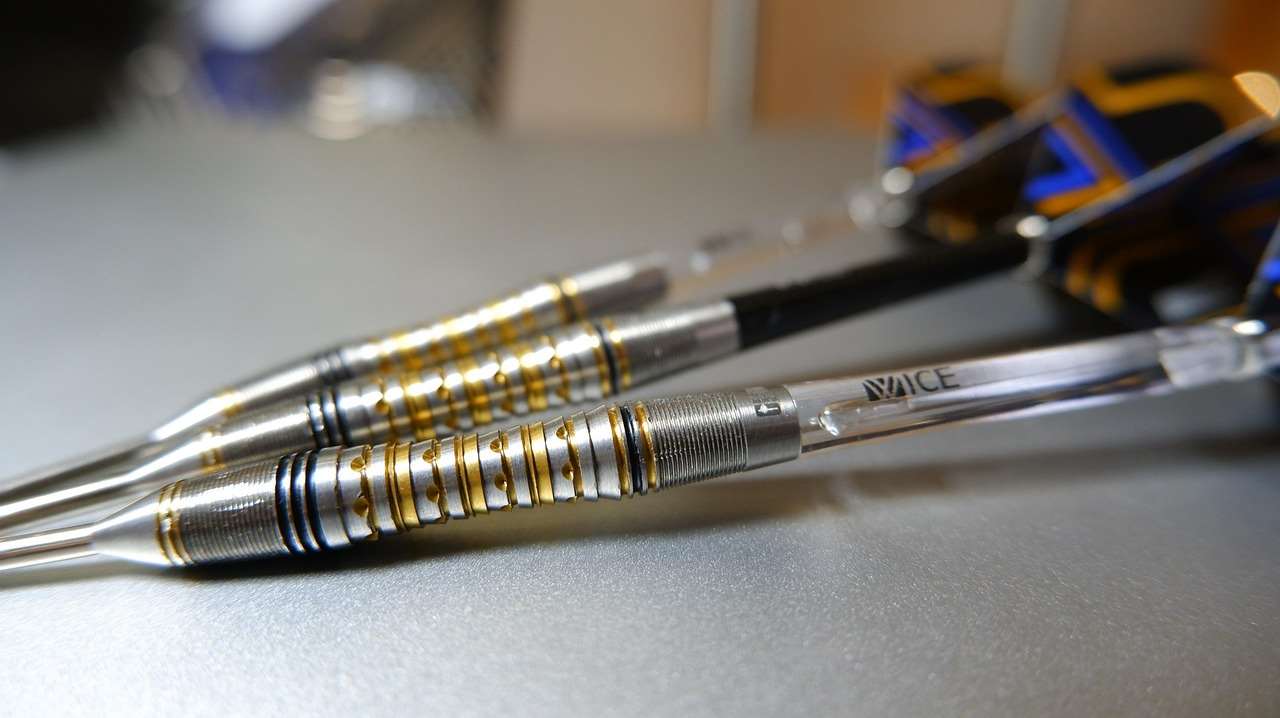Understanding dart shaft sizes explained is crucial for optimizing your dart throwing performance. This article will not only clarify the different sizes but also delve into the factors influencing your shaft choice, helping you improve your game significantly. You’ll learn about materials, weights, and how these impact your throw.
⚠️ Still Using Pen & Paper (or a Chalkboard)?! ⚠️
Step into the future! The Dart Counter App handles all the scoring, suggests checkouts, and tracks your stats automatically. It's easier than you think!
Try the Smart Dart Counter App FREE!Ready for an upgrade? Click above!
Choosing the right dart shaft can significantly improve your accuracy and consistency. Many players overlook this crucial element of their setup, focusing solely on the flights and points. But understanding dart shaft sizes explained will allow you to fine-tune your darts to your specific throwing style and preferences. The following sections will explore the different shaft sizes available, the materials they’re made from, and how to choose the best shafts for your needs.
Dart Shaft Sizes Explained: A Comprehensive Guide
The world of darts offers a surprisingly diverse range of shaft sizes and materials. This diversity caters to individual preferences and playing styles, ensuring that every player can find the perfect fit for their setup. Understanding dart shaft sizes explained is the first step towards mastering your game. We’ll cover everything from the most common shaft lengths to the nuances of materials and their impact on your throw.

Standard Dart Shaft Lengths
Dart shafts are typically measured in millimeters (mm). The most common lengths range from 28mm to 50mm, although you might encounter shafts outside this range. Shorter shafts (around 30mm) generally provide more stability and are often preferred by players who favor a tighter grouping. Longer shafts (40mm+) offer more flexibility and can be beneficial for players with a longer throwing style or those who prefer a less controlled flight path. The optimal length is very much a matter of personal preference; experimenting with different lengths is key.
The Influence of Shaft Material on Performance
The material of your dart shaft plays a significant role in its overall performance. Common materials include nylon, aluminium, and carbon fibre. Each offers unique characteristics influencing the feel, durability, and flight characteristics of your dart. For example, nylon shafts are known for their durability and affordability, making them an excellent choice for beginners. However, they are less flexible than other alternatives.
Aluminium shafts offer a good balance of flexibility, durability and weight, often preferred by intermediate players. However, if you’re looking for ultra-lightweight performance, carbon fiber dart shafts are a popular choice among professional players. It’s important to understand your individual needs and how these materials will affect your throwing style.
Choosing the best shaft material comes down to personal preference and the overall feel you want. Some players, even professionals, prefer nylon shafts for their durability. This demonstrates that even with the wealth of knowledge on dart shaft sizes explained and materials, some things still depend on personal experimentation.
Factors Affecting Dart Shaft Selection
Beyond the dimensions and materials, several other factors influence your dart shaft selection. Understanding these will help you make an informed decision, optimizing your dart setup for improved accuracy and consistency.
Weight and Balance
The weight of your dart shaft contributes significantly to the overall balance of your dart. Lighter shafts can lead to quicker release and potentially faster flights, while heavier shafts contribute to greater stability and a smoother flight path. Finding the right balance is crucial for consistency. Experiment with different weights to find what best suits your throwing style.
Grip and Feel
The grip provided by your shaft is another key factor. Some shafts have a textured surface, providing improved grip, while others are smoother, offering a different feel in hand. Your personal preferences concerning grip significantly affect your shot’s confidence and release, making finding a comfortable shaft essential. Testing different textures is highly recommended.
Dart Shaft Diameter
Although often overlooked, the diameter of the dart shaft can subtly influence how it feels in your hand and how well it interacts with your grip. Some players find slimmer shafts more comfortable, while others prefer a slightly thicker shaft for improved grip and control. This is another nuance often missed when the topic of dart shaft sizes explained is discussed.

How to Determine the Right Dart Shaft Size for You
There’s no one-size-fits-all answer when it comes to selecting the perfect dart shaft. The best way to determine the ideal size for you is through experimentation and careful consideration of your throwing style. Here’s a structured approach:
- Analyze your throw: Do you have a long or short throwing action? Do you prefer a fast release or more controlled flight?
- Experiment with different lengths: Start with a standard length (around 30-40mm) and then try slightly shorter or longer shafts to see how they affect your grouping and consistency.
- Consider the material: Try different materials (nylon, aluminum, carbon fiber) to determine which feels best in your hand and provides the desired balance and flight characteristics.
- Pay attention to weight: Experiment with different weights to find a balance that suits your throwing style. Consider heavier shafts for more stability and lighter shafts for a quicker release.
- Seek professional advice: If you’re unsure, visit your local darts retailer and ask for advice from experienced dart players or staff who are knowledgeable in dart shaft sizes explained.
Troubleshooting Common Dart Shaft Issues
Even with the perfect understanding of dart shaft sizes explained, issues might still arise. Here are some common problems and how to address them:
Inconsistent Grouping
If your darts are consistently grouping inconsistently, the shaft may be a contributing factor. Experiment with different lengths and materials to see if this resolves the issue. It could be that the shaft’s weight or flexibility is affecting your throw.
Uncomfortable Grip
An uncomfortable grip can greatly reduce your accuracy and consistency. Experiment with shafts of different diameters and textures to find one that fits your hand perfectly. This can impact the control you have during your throw.
Broken Shafts
Frequent shaft breakage might indicate that your throwing style is too aggressive or that the shafts you’re using aren’t durable enough. If you are constantly breaking your darts shafts consider using stronger materials such as aluminium or carbon fibre, and potentially reducing the length of your shaft to enhance durability.

Beyond the Basics: Advanced Considerations
Once you have a solid grasp of the fundamentals of dart shaft sizes explained, you can delve into more nuanced aspects of dart shaft selection. These advanced considerations can further fine-tune your setup for optimal performance. Understanding these will allow you to further optimize your dart throwing accuracy and consistency.
Matching Shafts to Your Dart Points
The weight and balance of your entire dart – point, shaft, and flight – need to be carefully considered. A heavy point might need a lighter shaft to maintain balance. You’ll need to achieve a balance point that feels comfortable and performs well.
Exploring Different Shaft Profiles
Some shafts feature different profiles, such as conical or stepped shafts, which can subtly influence flight characteristics. Experimenting with these profiles can uncover a potential improvement in the flight and consistency of your dart.
Considering Your Playing Environment
While this isn’t always a major factor for many players, if you’re playing in particular environments, it can slightly influence your choice of dart shaft. A particularly windy venue might influence the selection of lighter, shorter shafts.
Finally, remember, there’s an additional layer to optimizing your dart setup. A properly maintained my darts setup includes not just the shafts, but also the points and flights. All three work in tandem to determine your overall performance. This article on dart shaft sizes explained is just one piece of the puzzle!

Conclusion: Mastering Dart Shaft Selection
Selecting the right dart shaft is an iterative process involving experimentation and thoughtful consideration. By understanding dart shaft sizes explained and the factors affecting their performance, you can dramatically improve your accuracy and consistency. Remember to experiment with different lengths, materials, and weights to find the perfect match for your throwing style. This dedicated attention to detail will set you on the path to darts mastery.
Don’t be afraid to experiment and find what works best for you. Remember to regularly assess your performance and adjust your setup as needed. Visit Dart Counter App to keep track of your progress. Happy throwing!
For further improvement, check out these other valuable resources: Are aluminium dart shafts good?, Best darts oche, and Dart board and cabinet.
And remember to always check out resources like darts counter uk for helpful tools that assist in the tracking and improving your overall dart performance.

Hi, I’m Dieter, and I created Dartcounter (Dartcounterapp.com). My motivation wasn’t being a darts expert – quite the opposite! When I first started playing, I loved the game but found keeping accurate scores and tracking stats difficult and distracting.
I figured I couldn’t be the only one struggling with this. So, I decided to build a solution: an easy-to-use application that everyone, no matter their experience level, could use to manage scoring effortlessly.
My goal for Dartcounter was simple: let the app handle the numbers – the scoring, the averages, the stats, even checkout suggestions – so players could focus purely on their throw and enjoying the game. It began as a way to solve my own beginner’s problem, and I’m thrilled it has grown into a helpful tool for the wider darts community.